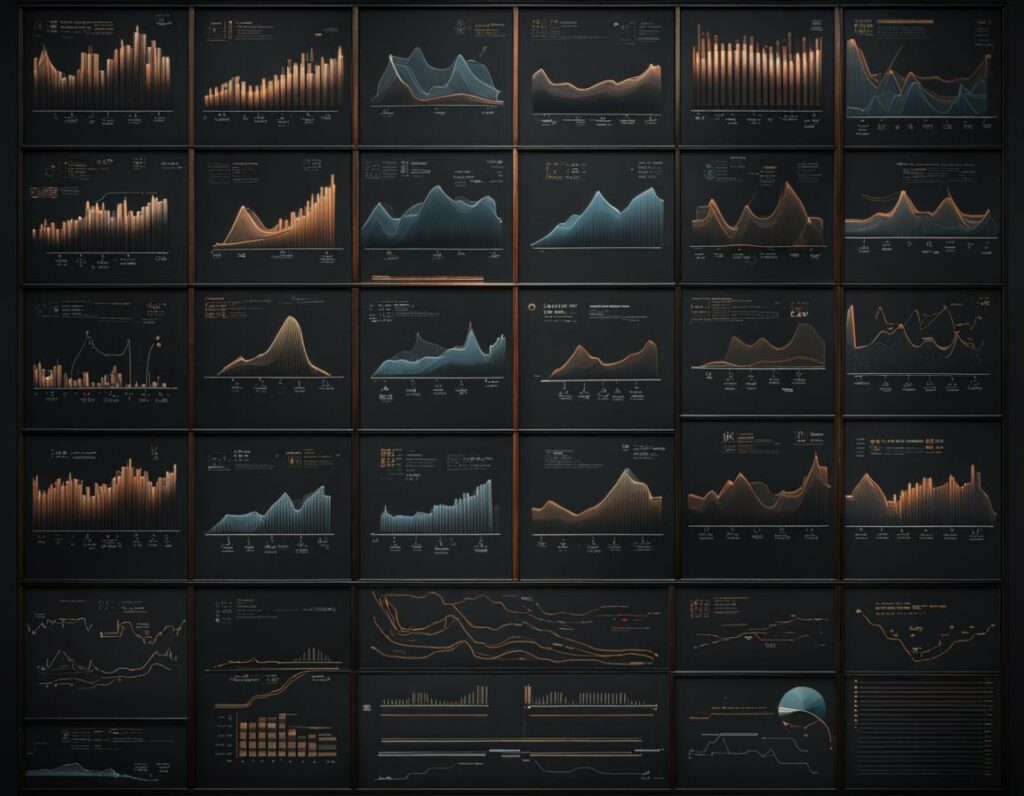
The concept of laterality of the market, or periods of sideways price movement, refers to the phenomenon of price movements that are not directional, meaning that they are not trending upwards or downwards. Instead, prices move sideways, fluctuating within a certain range without showing any clear trend.
The laterality of the market often exacerbated in choppy-trading conditions, where the market experiences increased volatility and frequent fluctuations in prices.
Laterality is the one of the biggest threats to swing strategies and can pose a significant challenge to swing traders.
Market challenges
An important risk associated with laterality is that it can increase the likelihood of false signals. When prices are moving sideways, there may be a higher frequency of small price movements that do not necessarily indicate a true trend. This can lead to traders mistakenly interpreting these movements as signals to buy or sell, which can result in losses. The increased risk of false signals is a challenge for swing traders as they may identify what they believe to be a trend in the making, only to see that trend fizzle out and reverse course before they are able to capture profits. False signals can lead to losses, as traders take positions based on a trend that never materializes.
Another challenge for swing traders in choppy markets is the increased volatility and unpredictable nature of price movements. In choppy markets, prices may move rapidly and unpredictably, making it more difficult for traders to expect future price movements. This can lead to uncertainty, as traders may be hesitant to take positions due to the unpredictability of market movements.

Risks mitigation
To mitigate these risks, swing traders may need to adapt their strategies to the conditions they have to face.
One approach is to focus on assets that are more likely to show clear trends even in choppy markets. Another approach is to use technical analysis to identify key support and resistance levels: traders can look for price movements that approach these key levels, and take positions based on the expectation that prices will either break through the level or reverse course.
It is also important for swing traders to remain patient and disciplined in choppy markets. This may require traders to reduce their position sizes and risk, to avoid taking on too much exposure to unpredictable price movements. By taking smaller positions and being patient in waiting for clear trends to emerge, traders can reduce their risk of false signals and improve their chances of capturing profitable trades.
Finally, swing traders may need to adjust their time frames to better match the market conditions. This coul be a key strategy and may mean taking shorter-term positions or holding positions for a longer period of time. By adjusting their time frames, traders can better match the market conditions, increasing their chances of success in choppy trading conditions.
Conclusion
To wrap up, intra-day strategies can offer some solutions to the challenges presented by the laterality of the market in finance. By focusing on shorter-term price movements and adjusting strategies to adapt to changing market conditions, intra-day traders may be better positioned to profit from choppy markets. However, there are risks associated to which proper attention must be paid, including increased exposure to false signals and unpredictable market movements.
Join ThePlatform to have full access to all analysis and content: https://www.theplatform.finance/registration/
Disclaimer: https://www.theplatform.finance/website-disclaimer/



